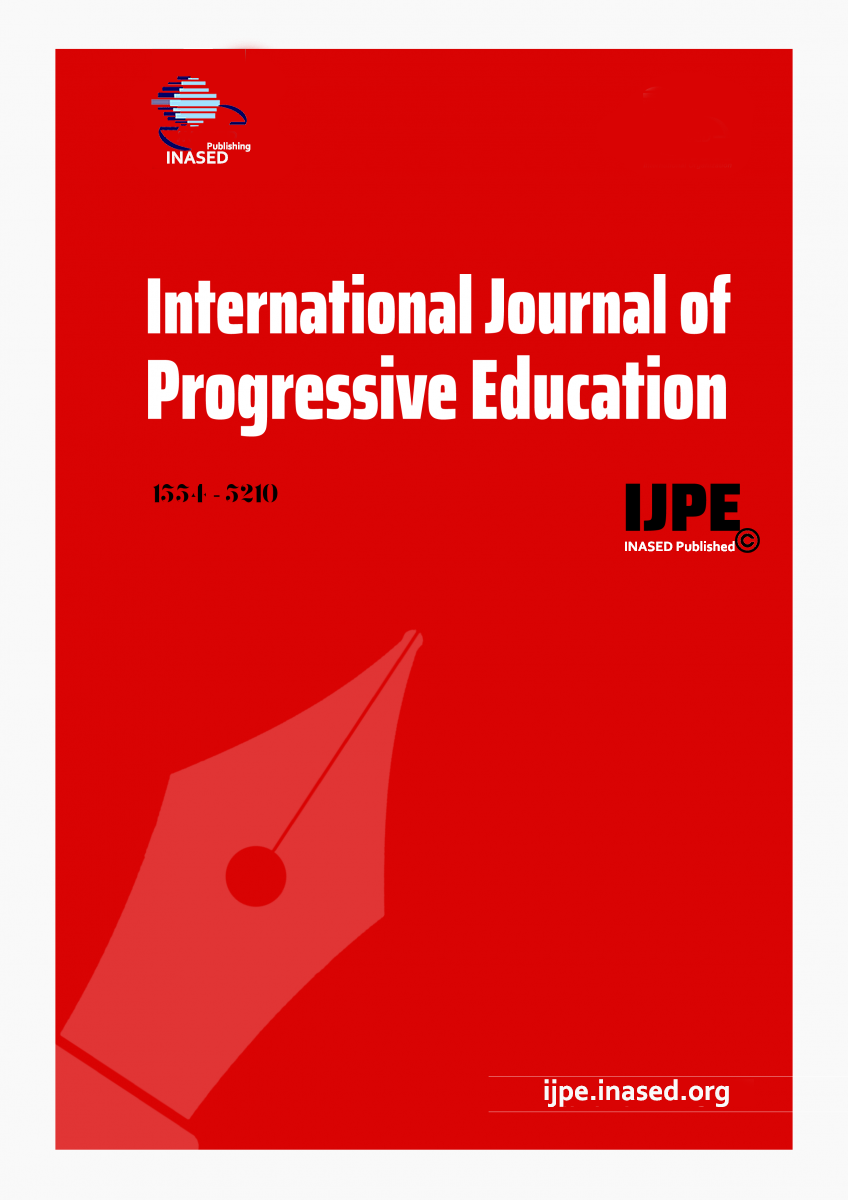- Almenara, J., Cejudo, M. & Lozano, J. (2013). Contributions to e-learning from a best practices study at Andalusian Universities. Universities and Knowledge Society Journal. Retrieved from http://technologiaedu.us.es/technoedu/images/stories/jca91.pdf [Google Scholar]
- Anaraki, F. (2004). Developing an effective and efficient e-learning platform. International Journal of the Computer, the Internet and Management 12(2), 57-63. [Google Scholar]
- Ayanda, D., Eludiora, S., Amassoma, D., & Ashiru, M. (2011). Towards a model of e-learning in Nigerian higher institutions: An evolutionary software modelling approach. Information and Knowledge Management, 1(1), 31-40. Retrieved from http://iiste.org/Journals/index.php/IKM/article/download/688/581 [Google Scholar]
- Bassey, U., Umoren, G., Akuegwu, B., Udida, L., Ntukidem, P., & Ekabua, O. (2007). Nigerian graduating students access to e-learning technology: implication for higher education management. Proceedings of the 6th International internet Education conference (ICT- learn2007) held in Cairo Egypt from 2-4 September 2007, 59-76. [Google Scholar]
- CEDEFOP. (2001). 2001 Annual Report. Retrieved from http://aei.pitt.edu/42113/1/2001_CEDEFOP.pdf [Google Scholar]
- Cheung, S., Kundur, D., & Senior, A. (2010). Enhancing privacy protection in media systems. [Google Scholar]
- EURASIP Journal on Information Security, 2009, 1-2. doi:10.1155/2009/710919 [Google Scholar] [Crossref]
- Curran, C., & Fox S. (1999). Telematics in open and distance-learning. Weinheim: Deutscher Studien Verlag. [Google Scholar]
- Ellis, R. (2004). Down with boring e-learning! Interview with e-learning Guru Dr. Michael W. Allen. Learning Circuits. Retrieved from. http://www.astd.org/LC/2004/0704_allen.htm. [Google Scholar]
- Eryaman, M. Y. (2007). Examining the characteristics of literacy practices in a technology-rich sixth grade classroom. The Turkish Online Journal of Educational Technology (TOJET) 6(2), 26- 41. [Google Scholar]
- Folorunso, O., Ogunseye, O.S., & Sharma, S.K. (2006). An exploratory study of the critical factors affecting the acceptability of e-learning in Nigerian Universities. Information Management and Computer Security. 14(5), 496-505. [Google Scholar]
- Grant, D., Malloy, A., & Murphy, M. (2009). A comparison of student perceptions of their computer skills to their actual abilities. Journal of Information Technology Education. 8, 142-160 [Google Scholar]
- Hedge, N., & Hayward, L. (2004). Redefining roles: University e-learning contributing to life-long learning in a networked world. E-Learning. 1:128 – 145. Retrieved from http://www.nationmaster.com/country/ni/Internet. [Google Scholar]
- Lau, R. S. M. (2000). Issues and outlook of e-Learning. Business Review. 31(11), 1-6 [Google Scholar]
- Mehrotra, M., Hollister, D., & MCGahey, L. (2001). Distance Learning: Principles for Effective Design, Delivery and Implementation. Thousand Oaks, C.A: Sage Publications. [Google Scholar]
- Merrill, M. D. (2002). First principles of instruction. Educational Technology Research and Development. 50 (3), 43-59. [Google Scholar]
- New Media Consortium (2007). 2007 Horizon Report. Retrieved from http://www.nmc.org/pdf/2007_Horizon_Report.pdf. [Google Scholar]
- Nichols, M. (2003). A theory of e-learning. Educational Technology & Society, 6(2), 1−10. [Google Scholar]
- Obashoro-John, O. (2007). Evaluation of e-learning provisions in Nigerian Universities: Implications for quality development and assurance in adult learning. Journal of Arts and Education: JOLAE. 1(2), 183-194. [Google Scholar]
- Olasina, G. (2012). Student's e-Learning/m-Learning experiences and impact on motivation in Nigeria. Proceedings of the IATUL conferences. Paper 31. Retrieved from http://docs.lib.purdue.edu/iatul/2012/papers/31 [Google Scholar]
- Otunla, A. (2013). Internet access and use among undergraduate students of Bowen University, Iwo, Osun State, Nigeria. Library Philosophy and Practice. Retrieved from http://.digitalcommons.un/.edu/cgi/viewcontent.cgi?article =2344&context=/ibphi/prac [Google Scholar]
- Petrovic, T. & Kennedy, G. (2005). How often do students use a learning management system in an on-campus, problem-based learning curriculum? Retrieved from http://www.ascilite.org.au/conferences/brisbane05/blogs/proceedings/61_Petrovic.pdf [Google Scholar]
- Posea, V., Trausan-Matu, S., & Cristea, V. (2007). Online evaluation of collaborative learning platforms. Bucharest, Romania: Computer Science Department, Politehnica University of Bucharest. [Google Scholar]
- Saint, W. (1999). Tertiary distance education and technology in Sub-Saharan Africa. Washington DC: The World Bank: ADEA Working group on higher education. Retrieved from https://www.usp.ac.fj/worldbank2009/frame/.../TertDistedPaper2000.pdf [Google Scholar]
- Sife, A., Liroga, E., & Sanga, C. (2007). New technologies for teaching and learning: Challenges for higher learning institutions in developing countries. International Journal of Education and Development Using ICT, 3 (2) Retrieved from http//iiedict.dec.uwi.edu/viewarticle.php?id=246 [Google Scholar]
- Stansfield, M. H., Connolly, T. M., Cartelli, A., Jimoyiannis, A., Magalhaes, H., & Maillet, K. (2009) "The identification of key issues in the development of sustainable e-learning and virtual campus initiatives", Electronic Journal of E-Learning, 7(2), 155-164. [Google Scholar]
- Suhail, N., & Mugisa, E. (2007). Implementation of E-learning in Higher Education Institutions in Low Bandwidth Environment: A Blended Learning Approach. Retrieved from cit.mak.ac.ug/iccir/downloads/SREC_07/Nazir%20Ahmad%20Sahail,%20Ezra%20k%20Mug isa_07.pdf [Google Scholar]
- Udende, P., & Azeez, A. (2010). Internet access and use among students of the University of Ilorin, Nigeria. Journal of Communication and Media Research, 2 (1), 33-42. [Google Scholar]
- Wagner, N., Hazzanein, K., & Head, M. (2008). Who is responsible for e-learning success in higher Education? A Stakeholders’ Analysis. Educational Technology and Society, 11 (3), 26-36. [Google Scholar]
- World Bank (2002). Information and Communication Technologies in 2002. Retrieved from http://www.worldbank.org. [Google Scholar]
|


